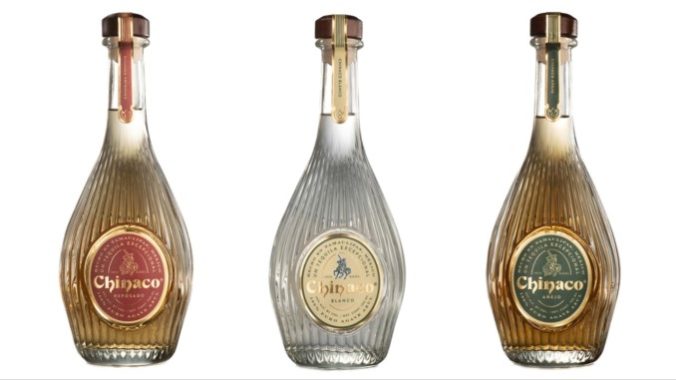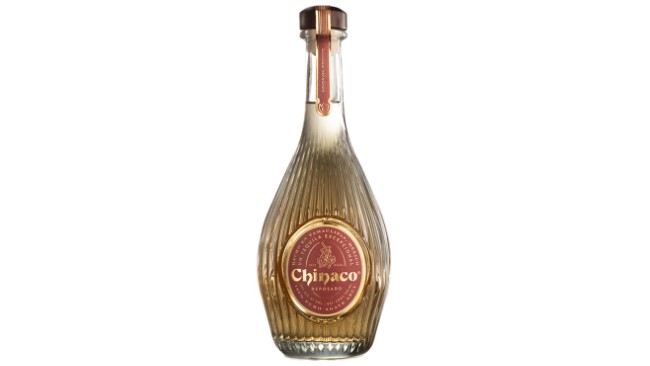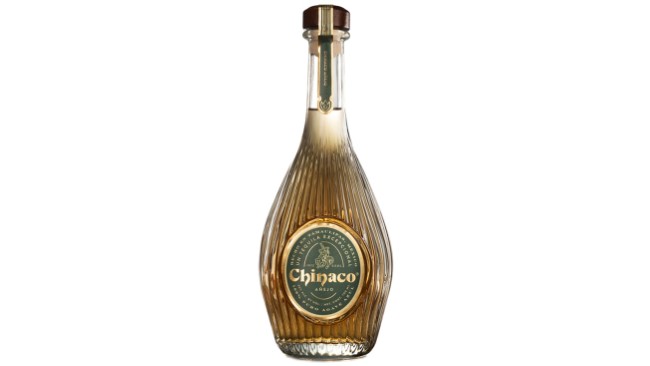Tasting: 3 Tamaulipas Tequilas from Chinaco (2023 Lineup)
Photos via Chinaco Tequila
When it comes to the U.S. spirits market, what is “new” is always a matter of perception just as much as it is black-and-white reality. A brand can technically have been available in the U.S. for years, or decades, before it finds a particular niche to inhabit. Perhaps it’s only now being introduced to your market, or a new line extension changes the overall perception of the brand. Perhaps the recipes are refreshed, or the packaging and marketing. So it is for a brand like Chinaco Tequila, produced since 1972 at Tequilera la Gonzaleña (NOM 1127) in the Mexican state of Tamaulipas. It calls itself the first premium tequila–a difficult thing to quantify–ever released in the U.S. market way back in 1982, but with a recent brand refresh, there are likely many tequila consumers only now encountering Chinaco’s bottles for the first time. And so, the odd distinction of being an old, storied brand and a shiny new one, all at once.
Chinaco is a decidedly unique product, however, for a handful of reasons, starting with where it is made. It’s the only tequila made in the state of Tamaulipas, thanks to an effort from founder Don Guillermo González Díaz and the local community, which resulted in select parts of Tamaulipas being included as part of the general declaration of Denominación de Origen Tequila. The vast majority of tequila is made in Jalisco, but the differing climate, soil and blue agave that grow in Tamaulipas inherently lead to a different product. Chinaco also favors some different aging methods from what is most common in the industry, using scotch whisky casks in addition to American bourbon barrels in its aged tequilas. On the distillation side, things are a bit more common, with copper pot stills and traditional roller mills used in addition to the more modern roasting of agave via pressure under autoclave. Tequila purists will of course hold by roasting via brick ovens, but at least there’s no diffuser involved here.
Most Chinaco products also undergo unusually long aging periods, which is another aspect setting the brand apart, and part of what contributes to its somewhat higher MSRPs, relatively speaking. The current, eye-catching teardrop bottles, meanwhile, were introduced last year as the brand refreshed its image on the U.S. market. So with that said, let’s get to tasting the core lineup as it exists today. All are bottled at 40% ABV (80 proof).
-

-

-

-

-

-

-

-

-

-

-

-

-

-

-

-

-

-

-

-

-

-

-

-

-

-

-

-

-

-

-

-

-

-

-

-

-

-

-

-











































